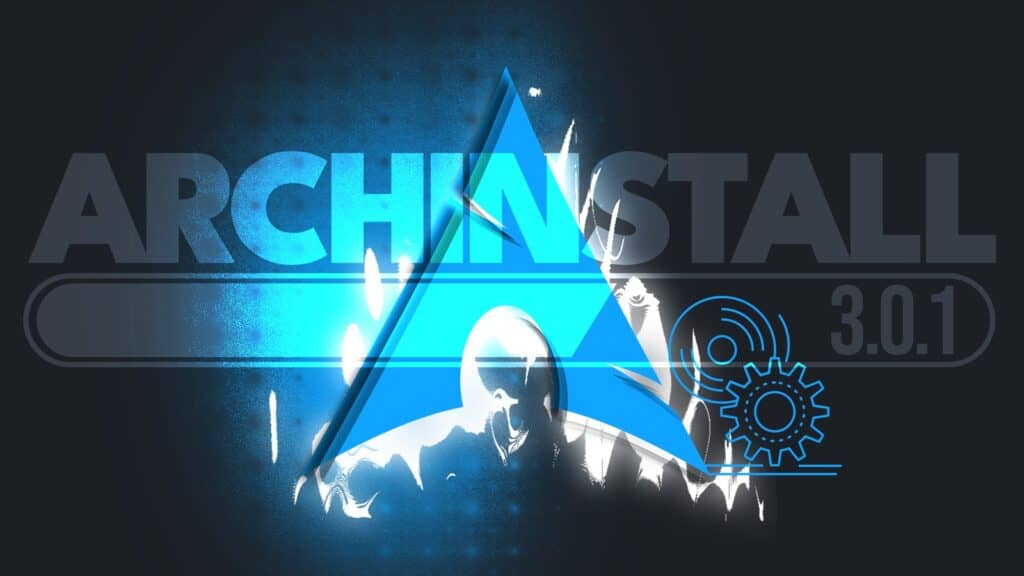Archinstall 3.0.1, a guided TUI (Text User Interface) installer for Arch Linux that aims to simplify the setup process for new users while preserving the flexibility and control seasoned Linux users expect, has just been released.
Although this version might seem like a minor patch, it addresses several critical bugs and makes various improvements that ultimately provide a smoother experience for users installing Arch Linux.
In this patch release, the developers mainly focused on refining existing features and fixing bugs that surfaced with version 3.0. One significant area of focus was partition management.
In light of this, the default partition size creation bug was corrected, and several improvements were made to the way partitions are handled, including better logging of disk states and refining the naming conventions for partition flags (such as changing “Boot” to “BOOT”).
Other notable changes include addressing crashes when users attempted manual partition manipulations and fixing issues where installations would fail if certain user settings weren’t specified. In addition, the installation flow was tweaked to prevent errors related to hostname settings and to ensure proper handling of Btrfs mount options.
For those who ran into trouble when trying to specify a user during installation, the latest patch also corrects this issue, streamlining the setup.
Moreover, several changes were made to improve code quality and maintainability, such as removing outdated notes from the contributors’ documentation and eliminating redundant code.
Archinstall 3.0.1 also changed its Discord invitation link, directing users from the general channel to the help channel. This small but thoughtful change helps new users get the assistance they need more easily, showing how responsive the developers are to community feedback.
For more information, refer to the changelog.
Curious to try it out? It comes as a Python-based tool within the official Arch ISO, providing a range of configuration options for users wanting to customize their installation. In a way, it brings the best of both worlds—automation and user-driven configuration—to an operating system that’s famed for being both powerful and minimalist.
